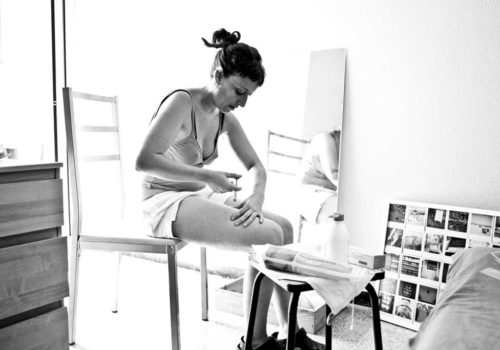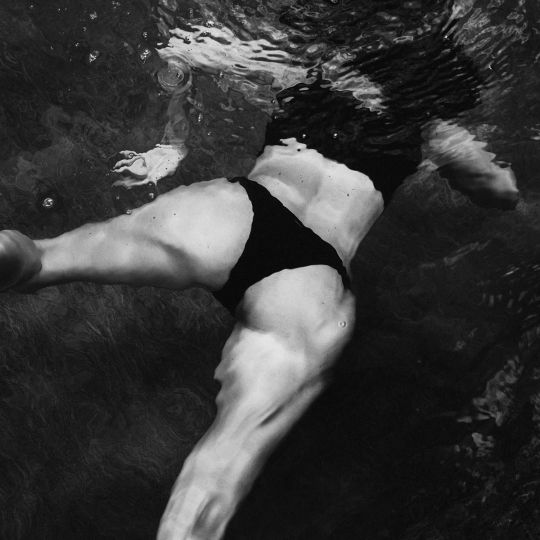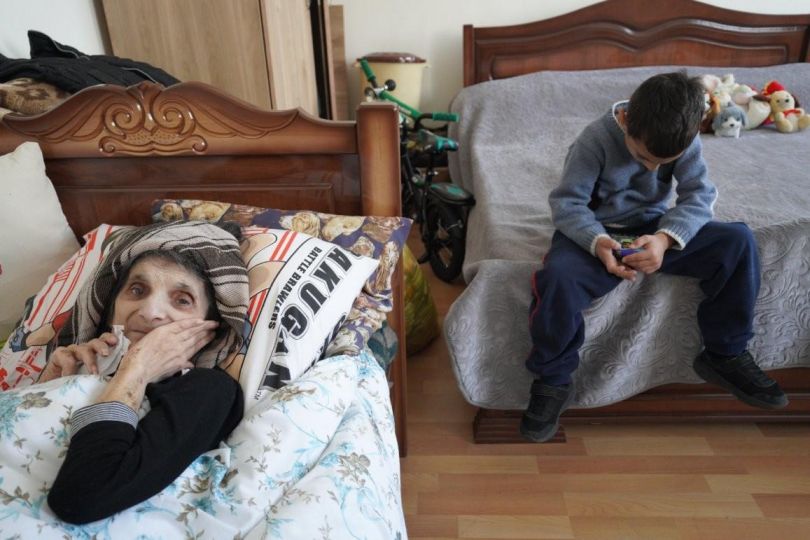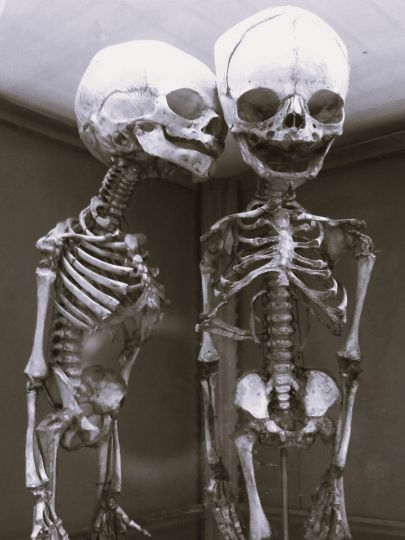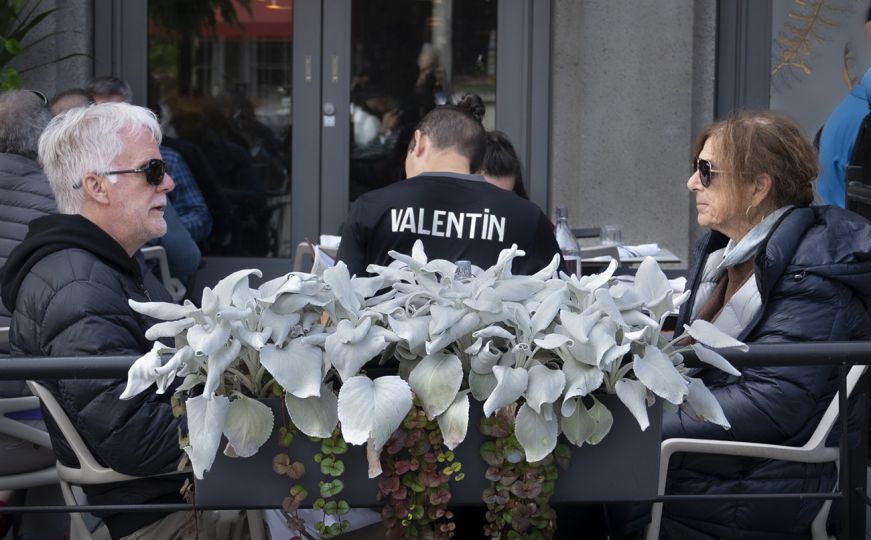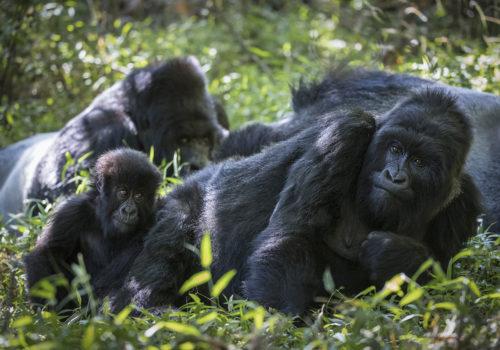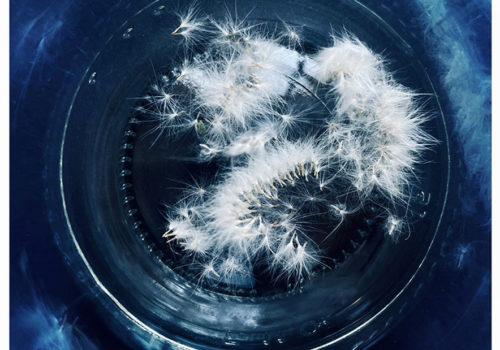In this project I show, with the technique of self portrait, the ties created by illness, unforgettable ties, with yourself, with others. The intimate and quiet relationship you have with the illness, above all when therapy takes place at the home, when dialysis comes into your life, into every single part of it.
CKD is an invisible, quiet illness, no symptoms, no physical pain. It comes when you never expected it. Day after day invisible toxins accumulate, the seriousness of the illness shows up too late. The only way to go on is by starting dialysis while waiting for a transplant. Sometimes, in some cases, living with such a pathology means living like this forever CKD is an unknown illness. It does not take up too much room in the newspapers or in others means of communication, it does not engage the public’s attention like other diseases. Nevertheless, kidney disease is a worldwide public health problem. In the future, a 10% rise in kidney disease is expected.
At the moment, in Spain approximately 50 thousand people are being treated for CKD, about half of them undergo dialysis treatment while the other half has already received a transplant. There are various therapies and solutions to facing the disease: haemodialysis, peritoneal dialysis and transplants. Patients undergo dialysis treatment while waiting for a transplant. Peritoneal dialysis treatment is the option which ensures better living standards, from a clinical, physical and, above all, psychological point of view. Because of its constant nature, it is similar to actual kidney functioning. It has been proved that life expectancy is higher for patients on peritoneal dialysis than for those who undergo haemodialysis. Besides, they can live quite a normal life. Transplant is the least expensive technique over short or the long term period compared to the two dialysis treatments.
Haemodialysis is 44% more expensive than peritoneal dialysis in the home, but unfortunately only about 10% of patients undergo peritoneal dialysis. Of course this is not due to clinical reasons but so often due to a lack of communication and information from the hospital. It is estimated that if 30% of the 25 thousand patients currently on dialysis in Spain underwent peritoneal dialysis, the national health care system could save 75 million euros per year.At this stage of the economic crisis and of the government’s austerity policy it should be compulsory to develop peritoneal dialysis for both its better results and for its lower impact on the economy of the health care system.
I am a photojournalist at the same time chronically ill since 2004. In these years and especially in the last year, since the start of dialysis until the arrival of the transplant. I have realized that as a photojournalist I had to tell this story. So, I started from my personal experience as a CKD sufferer, showing the most relevant phases I have experienced until now, my choice to use peritoneal dialysis, the onset of therapy and the insertion of the catheter, the homecoming, my difficulties in accepting the situation and the experience of transplant.
I wanted to explain, and I’d like to continue talking about my experience and other CKD sufferers’ experiences in the hospital and within the public health care system, which is changing day by day due to the new political austerity policy, causing big social problems.I have decided to tell this story through the self portrait technique, as an inner voice, as a means to explaining myself and the lives of people who, like me, are suffering from this disease.
I am convinced that via self portrait, as a new way of doing photojournalism, I can reveal all the waiting, the exhaustion, the strength of all those people facing this illness every day. It is a means by which you testify of the reality through emotions rather than by actions. I started to take pictures of myself when I was at pre-dialysis stage and every shot has turned into a series of diary entries. I have built and I want to build with the others a relationship between the camera and the chronical disease. Self portrait as a way of participating in the story, as a new kind of story-telling, as a way of self-consciousness. It is a way to deal with the fear you feel when something unknown is facing you. It is a project which testifies not only of the life of a peritoneal dialysis patient but also the moment of connection with life by means of a machine.
It’s been 4 months after transplantation, my project continues.
Luna Coppola

